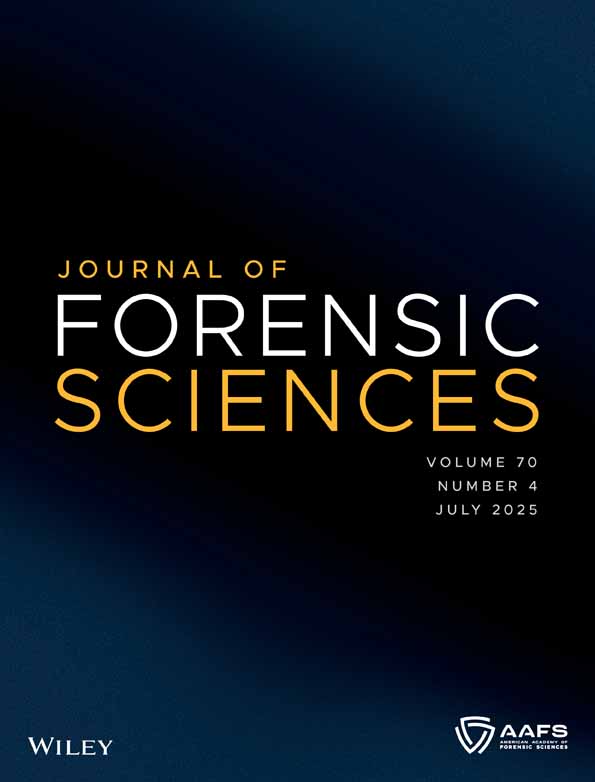Toward a unified methodology for preliminary digital evidence assessment: Standardizing forensic investigations
Abstract
The increasing reliance on forensic investigations on digital evidence raises concerns about reliability, standardization, and misinterpretation. Inconsistent forensic evaluations necessitate a structured approach for examining digital evidence's strength impacting judicial outcomes. This study aimed to propose a systematic preliminary digital evidence assessment methodology by integrating Bayesian reasoning to enhance evaluative interpretations. A phase-phase structured framework is introduced to guide forensic practitioners in assessing digital evidence through observation, hypothesis generation, and inference. The methodology utilizes the Certainty Scale (C-Scale) to improve consistency among forensic assessments, standardizing evaluative opinions. Additionally, developing a proof-of-concept database for digital evidence cases of manipulation is essential to support evidence strength determination in investigations. The results showed that this approach advances transparency and limits cognitive bias in forensic evaluations. Aligned with international forensic regulatory frameworks and standards like ISI-21043, the methodology proposed enhances forensic decision-making, particularly for investigators who lack digital forensic expertise. The current study contributed to forensic sciences by presenting a standardized method for examining digital evidence strength, catering to the gap between theoretical evaluation models and practical applications in forensics. To enhance transparency and provide a balanced perspective on the evidential value of observed digital evidence, it is crucial to standardize the approach that digital forensic practitioners take in formulating and articulating their preliminary evaluative opinions.
CONFLICT OF INTEREST STATEMENT
The authors report there are no competing interests to declare.




